Umrah’s guide
Fiqh (Islamic law and literature based on the teachings of the holy Quran and the traditions of Prophet Muhammad) describes in detail carrying out the rites of Umrah, and pilgrims generally follow handbooks and expert guides to successfully fulfill the requirements of Umrah. Prophet Muhammad (PBUH) once said " The pilgrims of Hajj and Umrah are the guests of Allah. They visited His home on His call, therefore Allah will grant them what they ask for."
1. Niyyah
Every pilgrim has to be clear about their intent (niyyah) whether for Umrah or Hajj before they start their journey.
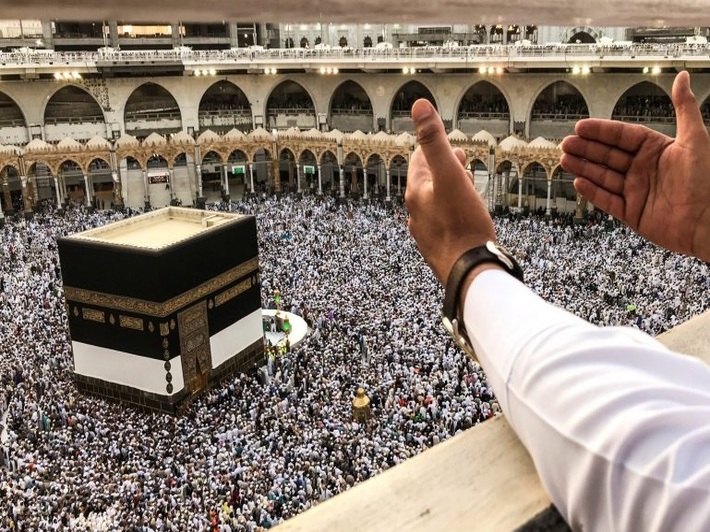
2. Ihram
Ihram is a sacred state in which every pilgrim must enter before crossing the pilgrimage boundary, known as Mīqāt, both physically and spiritually. They leave material life behind and embark into a state of submissiveness for Allah.
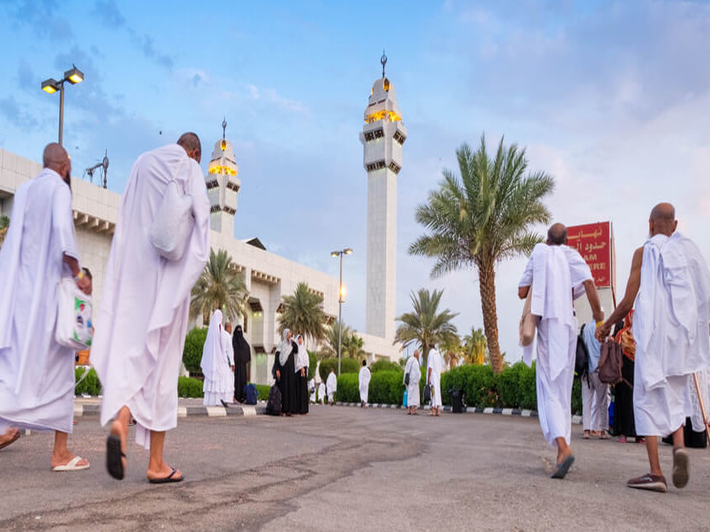
3. Talbiyah
Talbiyah is the unique prayer said while on the journey towards Makkah, in supplication to attain Ihram. It is the conviction that pilgrims intend to perform Umrah only for Allah. Each pilgrim has to repeat the supplication:
"Here I am O Allah, here I am. Here I am. You have no partners (other gods). To You alone is all praise and all excellence, and to You is all sovereignty. There is no partner to You."
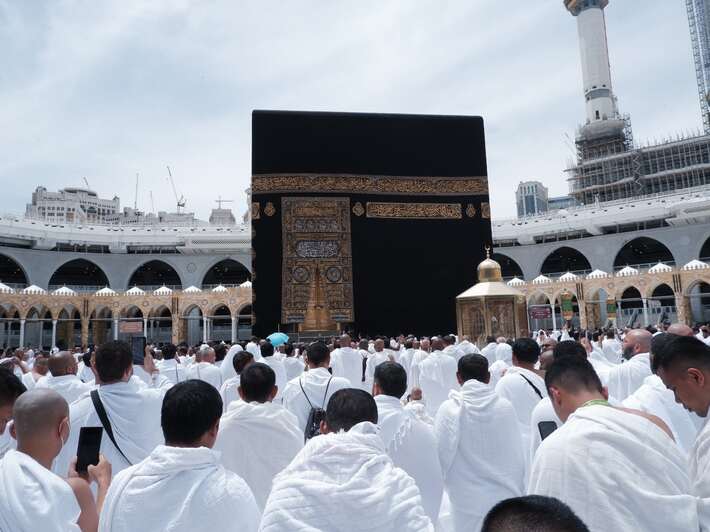
4. Tawaf
Upon entering the holy mosque in Makkah, every person should perform Tawaf. This is the act of circling around the Kaaba counter clockwise seven times. Tawaf begins and ends from the sacred black stone located in front of the Kaaba. During Tawaf, pilgrims will repeat any Dhikr (phrases of prayers) that they wish to say. While crossing the black stone it is a Sunnah (a traditional practice of the Prophet (PBUH)) to repeat this Dua’a (prayer).
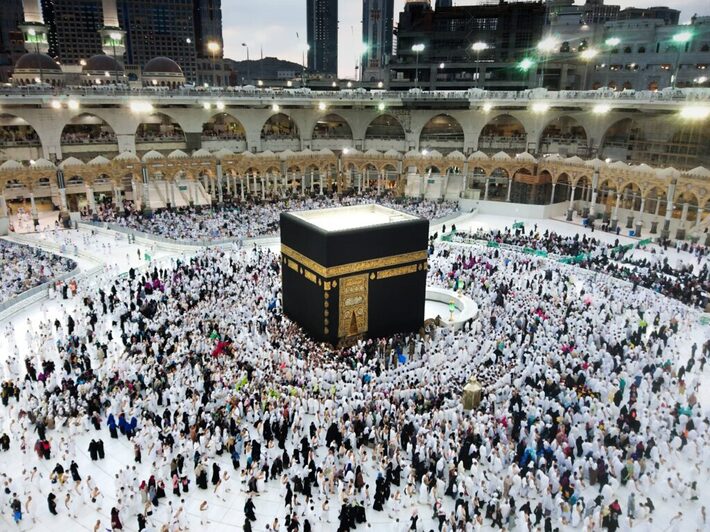
5. Sa’I
Sa'i is the ritual of walking back and forth between two hills known as Safa and Marwa seven times. Pilgrims make any prayer (Dua'a) they wish for themselves, families, or loved ones during this walk. This ritual commemorates Hagar, Prophet Ibrahim's wife, who ran between the hills in search of water for her thirsty son Ismail. Ismail's act of stamping his foot miraculously caused the water of Zamzam well to gush forth, ending her search. Pilgrims must also pace between the two points seven times and drink water from the Zamzam well after prayer at Maqam Ibrahim.
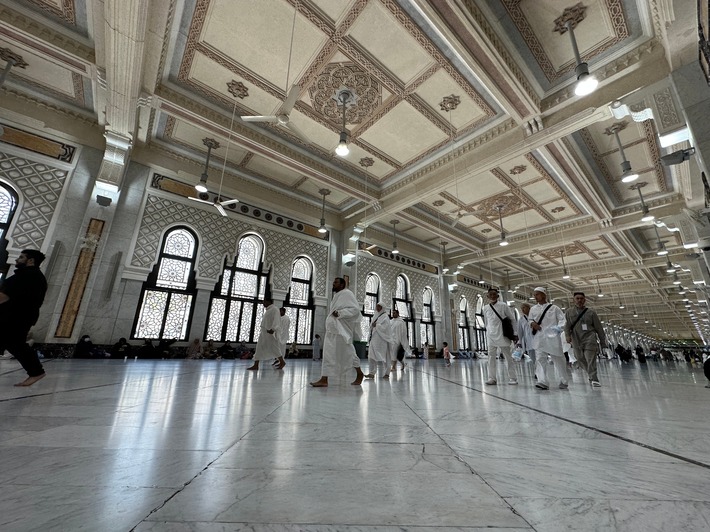
6. Halq or Taqsir
Every pilgrim performing Umrah must either cut their hair or shave it completely (for women, it’s typically cutting just a single lock of hair) to signify rebirth and purity after their spiritual journey. This act signals the exit of the pilgrim's Ihram and marks the completion of the Umrah process.

